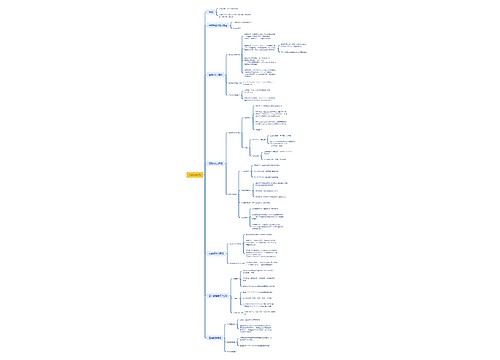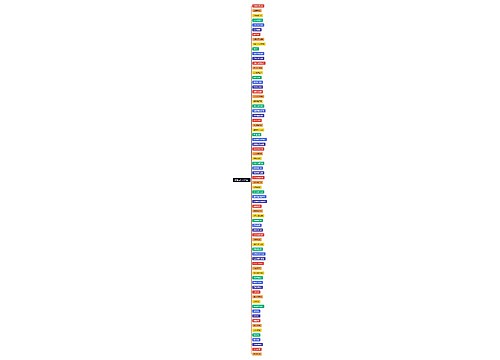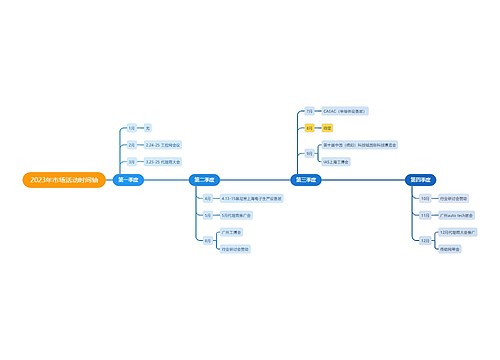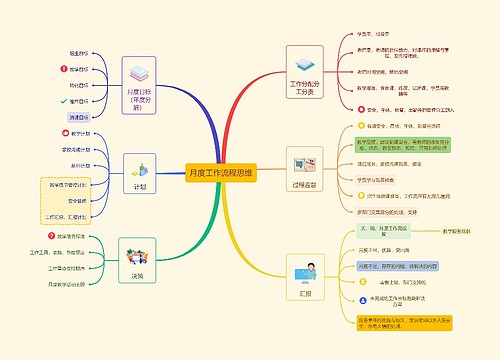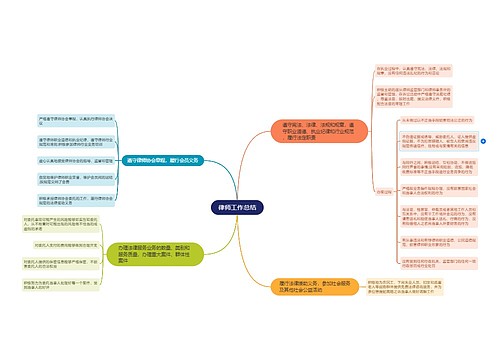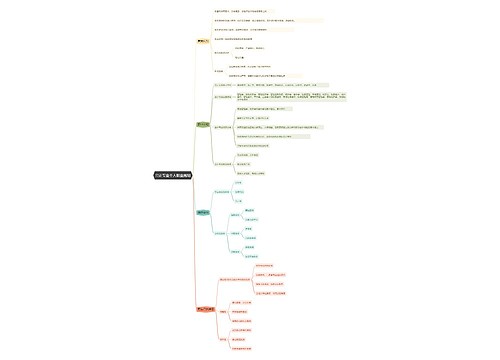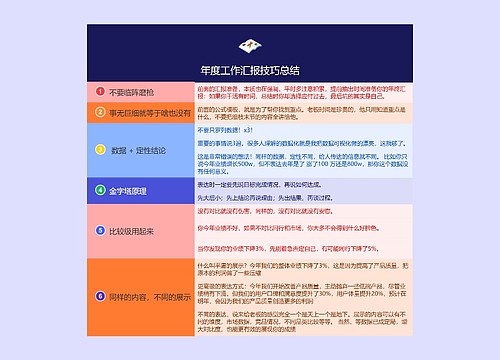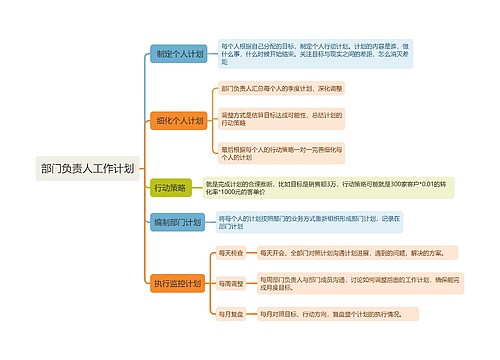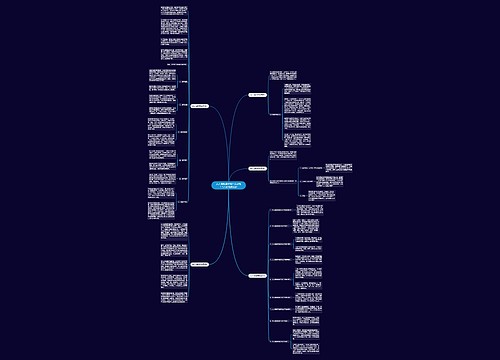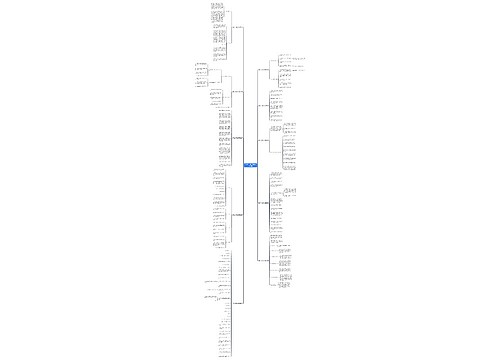This diagram outlines the process for recycling plastic bottles. Overall, it is a circular process with three main stages, comprising nine total steps of collection and sorting, processing and washing, and transformation into the final product for subsequent use.
The first stage begins with the consumer. Individuals place their rubbish into the designated recycling bins, which are then collected and loaded into particular trucks fit for purpose. Upon transportation to the recycling centres, bottles are sorted by hand. The second stage begins with the compression of bottles into blocks, which are then crushed by rotating machinery into small pieces. These are then washed, prior to the final stage.
The final stage is the process of reconstitution into a usable material. The washed pieces are shaped into pellets using a particular machine, and are then heated to form a raw material. These raw materials are packed, and can then be used to create a multitude of products, from the more obvious such as bottles and containers, to the less apparent, like clothing and pencils. Moreover, these products are themselves recyclable, meaning the process can be repeated.



